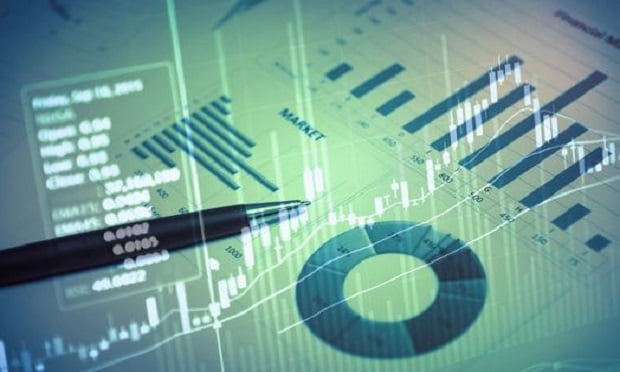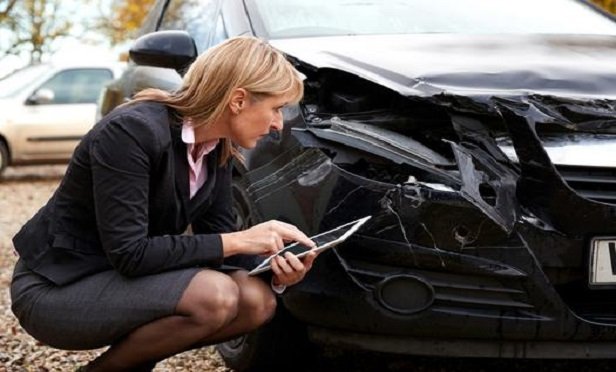Technology is continually evolving, and as a result, the worldis becoming more connected. The digital world is becoming biggerand bigger, allowing people, places and things to easily exchangedigital information and data. The digital information, which isstored and analyzed, provides predictions, feedback, and a means ofcontrol for the various parties involved, and consequently, theInternet of Things is making (or should be making, at least) theworld safer and healthier.
|There is a downside to this.. The massive amount of connectivitycould lead to a potential intrusion, and unwelcome constraints onindividuals' actions, speech, and even thoughts.
|Celent, in its recent report, "The Internet of Things and Property/CasualtyInsurance: Can an Old Industry Learn New Tricks," reveals whyand how the Internet of Things (IoT) will fundamentally impact theproperty & casualty insurance business.
|"From an insurance perspective, what is new and different andcritically important about this data is that it can provide a muchmore accurate picture of the exposures, hazards, and risks of whatis being insured," said Donald Light, director of Celent's AmericasProperty/Casualty Practice and author of the report.
|"These analytically driven findings create the second criticallyimportant consequence of the IoT: insurers can create feedback andcontrol processes to command or request things to change theirloss-related behavior and performance," he said.
|According to the report, the Internet of Things has three,interdependent components: things with networked sensors, datastores, and analytic engines. In some cases, the IoT will providemore accurate data about various pricing factors that insurers areusing, and in others, it can provide new kinds of data that coulddirectly impact how insurers price.
|The report reveals that the potential of the IoT to change theway insurers do business is immense, and explores the ways thatthis potential can be realized. Celent's report details how the IoTwill give insurers first order data on a great many hazards andrisks, and the ability to create feedback control processes tosubstantially reduce losses.
|The IoT will change every part of the insurance value chain,including product design, pricing, underwriting, service andclaims. The value to policyholders (in terms of reduced premiumsand other costs of risks) and to insurers (in terms of reduced losscosts and expenses) must be balanced against the cost of retaining,maintaining and utilizing the IoT for success, the reportreveals.
|Over time, insurance premiums will decrease proportionately todecreases in losses. The report questions, though, will theinsurance industry pursue an operating strategy that makes itsmaller? And furthermore, if reduced premiums are materially large,will the industry accept a smaller role in the economy? Will itfind alternative sources of revenue that build on the lossreduction role in the IoT?
|Understanding the Internet of Things
|To be a part of the IoT, things must interact, or haveinteracted, with network sensors that will measure and, in somecases, record and transmit the internal states or external statusof the thing. According to Celent, the IoT things must be materialobjects, excluding intangibles such as intellectual property andreputation.
|Internal states refer, for example, to a person's temperatureand pulse, blood pressure, speed of a car or the stress on abridge's welds. External status refers to the environmentcontaining the thing, including room temperature, a speed limit orthe weight of vehicles crossing the bridge.
|Networked sensors send this data and information to data storesin the form of data, unstructured text, videos and other digitalarchival forms. Regardless of the form that the data takes, therewill be massive amounts of data. Only the largest insurers willhave the resources to store the data internally, and most of itwill probably be stored in a cloud.
|For insurers, what is critical about this data is that it canprovide a much more accurate picture of the exposures, hazards andrisks of what is being insured.
|Taking into account the four categories connected to theIoT—living things, moving things, stationary things andtransmitting things, analysis of the IoT can provide insurers withdata that reveals what is possible today, what is likely to bepossible over the next three to five years and what insurers may ormay not be allowed to do, depending on legal and regulatoryframeworks and policyholder preferences.
|To an extent, this data is already availableto insurers. The IoT, however, could bring its new and better timeseries data, revealing, for instance, how fast a vehicle was drivenover given roads with given speed limits. Insurers' analyticengines can parse the data to create better products, pricing andunderwriting guidelines.
|IoT's potential to change the way insurers do business ismassive, but there are three operational contingencies, includingthe development of efficient and useful sensor technology andsensor networks, the deployment of networked sensors on and in manyinsured things and Insurers' Big Data analytic capabilities tostore, model and create products, pricing algorithms andunderwriting decisions.
|In order for the IoT to impact losses and premiums, there needsto be a direct relationship between what is being sensed andhazards and risks, and things have to be willing or able to changetheir behavior and performance.
|While the IoT has potential to make the world safer, it does notcome without dangers. The IoT certainly has the capacity for makingthe world safer. But it also has the capacity to make it a moredangerous and intrusive place. Sensors, analyses and models, andcommands and requests are the three elements that are subject tofailure, Celent claims.
|Impact on the Value Chain
|However, IoT could add value to the insurance chain, once anumber of elements are addressed. In product design, for example,the terms of an insurance policy will have to address the presenceand operating conditions of sensors. In pricing, some of thetraditional pricing elements will need to be replaced by the dataelements found to be the most powerful predictors of losses by theinsurers' analyses and models.
|In underwriting, scores and decisions will incorporate newelements that reflect the data sets built during prior policyperiods. Decisions also may draw on a broad range of data, such asimages and videos.
|Celent predicts that policyholder service will dramaticallychange with the addition of the responsibility for the operation ofthe feedback control process. According to the report, insurerswill need to learn entirely new skill sets and the best ways toinduce people to reduce the likelihood of loss.
|Claims operations will use new elements to understand causationand responsibility, such as videos of vehicle accidents, forexample. Fraud mitigation tools will also use broader and betterdata algorithms.
|In the history of P&C insurance, the primary focus has beenunderstanding risk, pricing risk and paying losses. A secondaryfocus has been on preventing losses. However, for these purposes,the industry has often turned to second-order data.
|"The IoT will give insurers first order data on a great manyhazards and risks, and the ability to create feedback controlprocesses to substantially reduce losses," Light said.
|If the insurance model is changing, as the report asserts,alternate IoT revenue sources could include some activities thatfall within the traditional insurance service of loss control. Itis a matter of turning to analyzing the policyholders' hazards andrisks, providing actionable recommendations for minimizing losses,creating new products, information services and gamification inmoving forward.
||
Want to continue reading?
Become a Free PropertyCasualty360 Digital Reader
Your access to unlimited PropertyCasualty360 content isn’t changing.
Once you are an ALM digital member, you’ll receive:
- All PropertyCasualty360.com news coverage, best practices, and in-depth analysis.
- Educational webcasts, resources from industry leaders, and informative newsletters.
- Other award-winning websites including BenefitsPRO.com and ThinkAdvisor.com.
Already have an account? Sign In
© 2024 ALM Global, LLC, All Rights Reserved. Request academic re-use from www.copyright.com. All other uses, submit a request to [email protected]. For more information visit Asset & Logo Licensing.








